Sealife guideThe labyrinthine brain coralDiploria labyrinthiformis
Last updated on 05/03/2024 at 12:19 AM
Taxonomy
- Common name: Labyrinthine brain coral, grooved brain coral, depressed brain coral, brain coral
- French name: Corail cerveau de Neptune
- Spanish name: Coral cerebro
- Scientific name: Diploria labyrinthiformis (Linnaeus, 1758)
- Family name: Faviidae
- Order name: Scleractinia
- Class name: The anthozoans [Anthozoa]
Description
The labyrinthine brain coral forms colonies that look like large balls, ranging in size from a few centimeters in diameter to almost 2 meters for the largest. The labyrinthine brain coral has a succession of hills and valleys on its surface, giving it the appearance of a brain !

The labyrinthine brain coral forms colonies that look like large balls
Its distinctive double-crested hills are separated by a shallow gorge of varying width.
Did you know ?
The labyrinthine brain coral is listed as many other marine species within The
IUCN Red List of threatened species. The labyrinthine brain coral appears in the
IUCN Red List since 2022 within the category Critically Endangered !

The labyrinthine brain coral is distinguished by its double-peaked hills separated by a gorge
Discover also
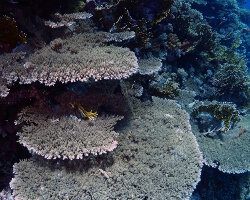
Acropora cythereacoral
(Acropora cytherea)
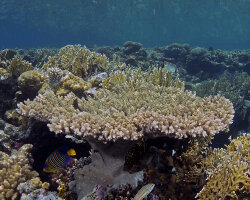
Pharaoh coral
(Acropora parapharaonis)
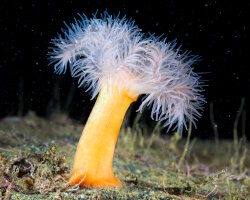
Plumose sea anemone
(Metridium senile)
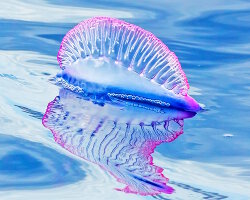
Portuguese man of war
(Physalia physalis)
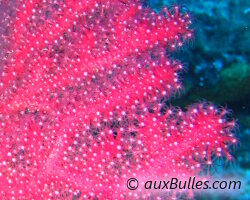
Purple gorgonian
(Paramuricea clavata)
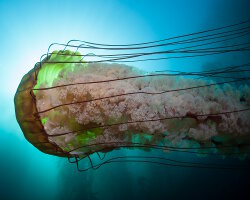
Sea nettle
(Chrysaora fuscescens)
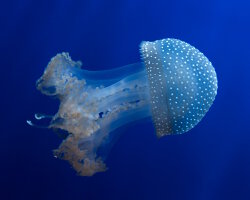
White spotted jellyfish
(Phyllorhiza punctata)
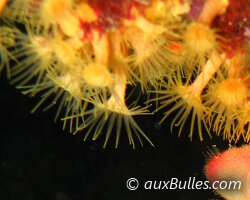
Yellow encrusting sea anemone
(Parazoanthus axinellae)
The marine species from Caribbean sea
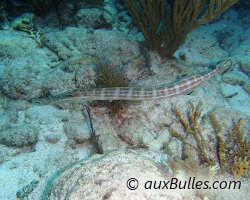
Atlantic trumpetfish
(Aulostomus maculatus)

Ballyhoo
(Hemiramphus brasiliensis)
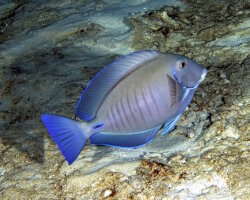
Doctorfish
(Acanthurus chirurgus)
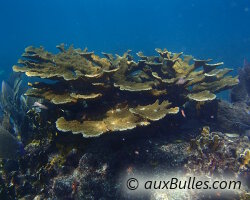
Elkhorn coral
(Acropora palmata)
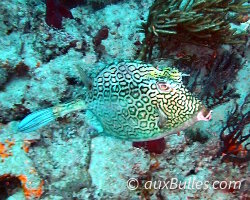
Honeycomb cowfish
(Acanthostracion polygonium)
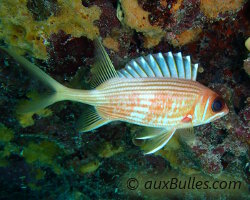
Longspine squirrelfish
(Holocentrus rufus)
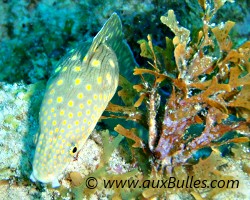
Sharptail eel
(Myrichthys breviceps)

Spanish hogfish
(Bodianus rufus)
Dive centers

'Les Ilets' dive center
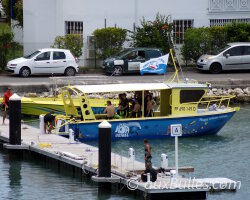
Noa dive center
Our latestUpdates
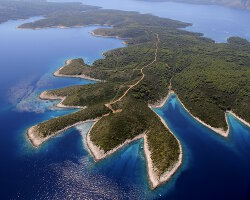
Friday, January 10th 2025
Hvar island
Hvar, a jewel of the Adriatic, captivates with its turquoise waters, wild coves and fragrant lavender fields. Between medieval villages, lively ports, and lush hills, Hvar island offers the perfect mix of relaxation, culture and breathtaking landscapes. Ideal for sun, sea and authentic experiences.
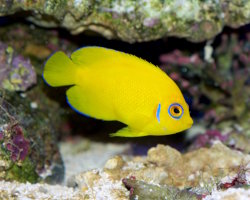
Thursday, January 9th 2025
The lemonpeel angelfish
The lemonpeel angelfish is a small, brightly colored reef fish found in the tropical waters of the Indo-Pacific ocean. It inhabits shallow coral reefs, sheltering among corals and rocky crevices.

Friday, December 19th 2025
The magic of Christmas decorations
Discover Christmas decorations in Florida: giant trees, illuminated palm trees, magical light displays and tropical settings to experience the holiday magic under the sun.
Photo of the Day
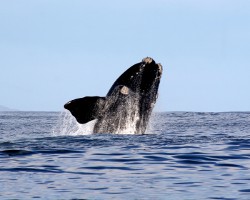
Baleine franche australe
(Eubalaena australis)

























